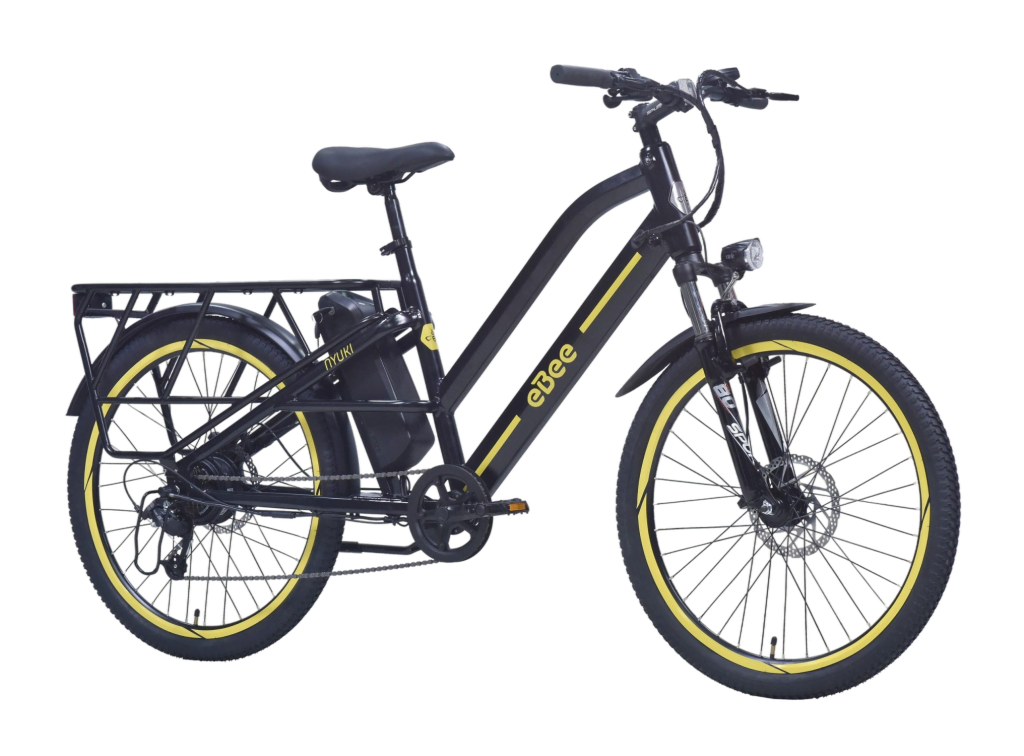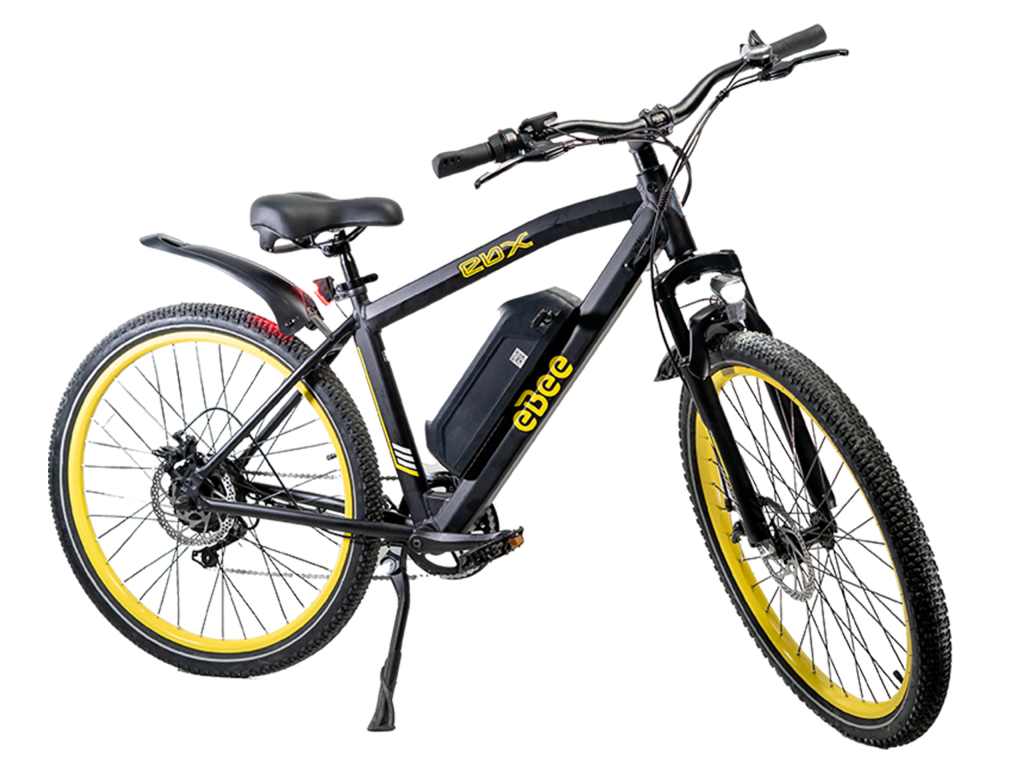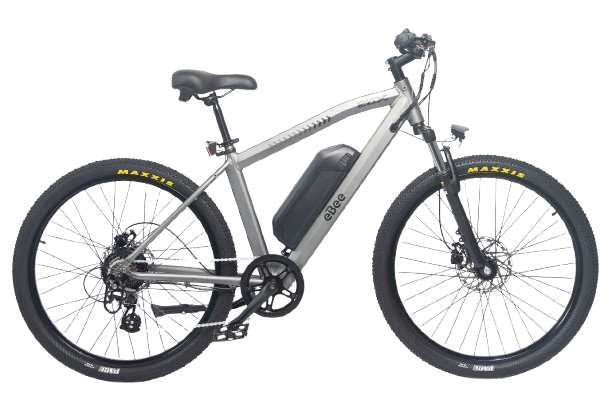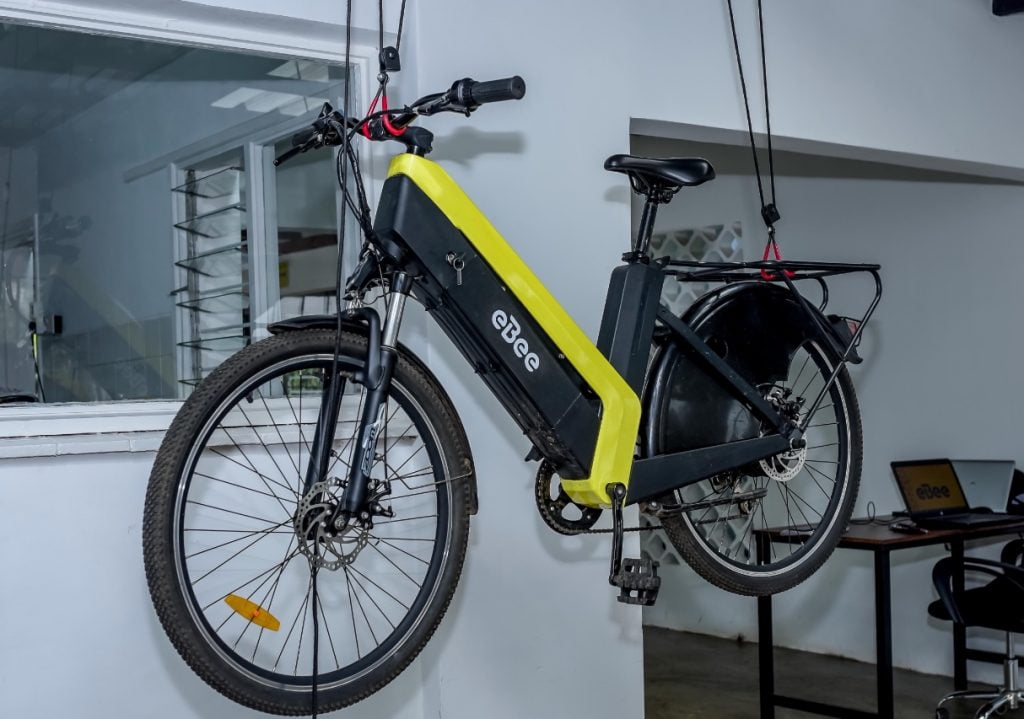
Through its Mobility-as-a-Service concept, eBee is making (electrically power-assisted cycles, or EPACs) affordable and accessible to millions of Africans who use two-wheelers to generate an income or to commute in major cities.
The electrical assistance of ebees can be a game-changer in Africa’s mobility landscape, allowing riders to cover longer distances, faster, and carry more cargo compared to classic bicycles while being a cheaper and greener alternative to commonly used motorbikes.
But as a disruptive technology, ebees are entering an urban environment and a legal framework that is not fully ready to host it.
Here is our review of the current legal landscape surrounding EPACs as well as our recommendations on what regulatory adaptations are required to fully welcome ebees in Kenya, which should lead the way for other African countries.

Legal Adaptation
The Kenyan law is already considering ebees, in Section 2 of the Traffic Act, as a traditional bike with a motor that assists in propulsion. It also states that electric bikes cannot be self-propelled, excluding “throttle” electric bikes. eBee’s are no Aliens on the road: being considered under the bicycle category, they have therefore to respect the same rules on the road.
It is an important first step, and the next should allow setting high safety standards. eBee’s have to be framed within technical specifications ensuring riders and other road users’ safety:
- Speed limits for electric assistance (usually from 25 to 32km/h).
- Nominal power limit for the motor (usually from 250W to750W).
- Pedalling assistance has to stop when the rider stops pedalling or when the brakes are applied.
A 25km/h speed limit already allows riders to move faster than cars throughout congested African cities, while a 250W motor with high torque can still enable climbing the steepest hills of Nairobi. eBee is therefore advocating for implementing these rules that will ensure that non-registered vehicles that can be ridden by anyone are not a threat to other road users.
More powerful vehicles able to reach 45km/h, can also be authorised but should be classed as mopeds under the law. It means a mandatory helmet, licence plate, driving licence, insurance, and a minimum age for the rider. Such a category can emerge, but its usage overlapping the popular bodas (with a strong electrification trend going on) might be a hurdle for its development in many East African countries.
Kenya has made one part of the job, as eBee’s are identified and fall into the bicycle category under the Traffic Act. It means that they are not considered motorized vehicles, implying an exemption for insurance or license, while being allowed on bicycle lanes.
Besides it, the technical framework to ensure the safety of all road users just has to be improved. A review of the existing rules and laws allows to have a clear understanding of the critical points for which eBee is an advocate:
- A maximum speed limit for the electric assistance at 25 km/h
- A requirement to activate the assistance only when the rider pedals
- A requirement to stop the assistance when the rider stops pedalling or brakes.
- Maximum nominal power of 250W for the motor.
Support For The eBee Industry
When the regulation around eBee’s is in place, you then have to think about how to provide the vehicles to the riders and create a welcoming financial ecosystem for this new technology.
As there is no eBee manufacturer in Kenya yet, let’s focus on how the Kenyan Government could facilitate imports. The fiscal hurdle is currently quite high for eBees import to Kenya. On top of the eBee price tag, you’ll have to add:
- 25% import duty
- 16% VAT
- 2.25% import declaration fee
- 1.5% Railway development levy
It means that a high-end KES 100,000 eBee will cost you KES145,000. In line with its “green” agenda, a first step to ease eBees’ import would be to clarify its classification as regular bikes, which are subject to low import duty of 10% (similar to electric cars).
But let’s be ambitious and imagine a complete waive of these taxes for eBee’s, batteries, spare parts… as it is sometimes done for electric cars. It could thus widen the range of potential users and buyers, lowering the cost by 45%. It is worth reminding that this loss of income will be compensated by the benefits to health, the economy, and the environment.
To support companies dealing with eBees, the corporate income tax rate could also be lowered from the current 30%. One can also think of synergies, such as the national utility KPLC providing electricity at a discounted price to eBee companies. Other incentives could be the allocation of public space for free, to install charging or battery swap stations. All these measures are totally realistic, as they are already implemented in Rwanda as part of its ambitious National EV policy.
Develop Non-Motorised Transport Culture & Infrastructure
Once eBee’s are allowed on the streets and riders know where to ride them, the industry and local authorities have to work hand in hand to promote it. We are not talking only about eBee’s, but about all non-motorised transportation (NMT) modes (mainly classic bicycles, walking…).
The World Bank highlights the benefits of its development over motorised modes in terms of health, economy, efficiency, environment, social interaction, and sustainable transport. In a joint initiative from the Nairobi City Council and the United Nations Environment Program (UNEP) aiming to promote NMT usage, an NMT Policy was adopted in 2017. In a city and country with a large emerging middle-class, to whom car ownership is an important social marker, the need for education and promotion of NMT alternatives is huge to speed up the process of reconsidering cycling or public transport as the most efficient means of transport.
Taking the example of bicycles, local authorities have the power to promote them as a real transport option for everyone by working on two main topics. First, its image has to change from a vehicle that you use when you have no other choice, to a vehicle that could be used through any social class. The introduction of eBee’s, which are more high-tech, can help address both the transport and social status needs of the middle class. For the lower-income class, the potential benefits it can provide for a business (delivery, street shops…) or everyday life thanks to its speed and reliability makes it the perfect tool as well.
The organization of events such as car-free days can have a huge impact on the way people are considering cycling and walking and can be a catalyst to the bicycle culture adoption, thus increasing the public budget allocated to its development. Even if its traffic situation is not comparable to Nairobi’s, the Rwandan capital Kigali managed to create a dynamic around urban cycling with car-free Sundays and the recent launch of a bike-share service.
But even if citizens are convinced of eBee’s benefits, they will always want to ride safely. Pedestrians and cyclists remain vulnerable road users, being especially exposed to fast, aggressive, and high motorized traffic volumes in Nairobi’s streets. Developing and improving the cycling lanes network is, therefore, a must to support the mass adoption of eBee’s while maintaining accident rates low. It requires a courageous political attitude to allocate a relevant part of the public budget to support urban planning, infrastructure design, and implementation.
We are in the (very) early ages of the Kenyan and Sub-Saharan bicycle boom, which might be sped up by the addition of eBee’s. But as already explained, deep collaboration between the private and public sectors is needed to get its full potential. Local authorities have to become aware of the potentially massive benefits of a flourishing bicycle & eBee’s industry and high ridership levels. The losses in revenue from taxes will be more than balanced by the health, social, economic, and environmental benefits.
About eBee:
eBee is a Kenyan start-up founded in 2021. The purpose of the company is to make cities in Sub-Saharan Africa more habitable by making e-bikes, or as we like to call them eBee’s, accessible to a large audience. The massive growth in popularity of e-bikes over the last decade has proven that e-bikes can replace ICE two-wheelers in urban areas. E-bikes are also a great tool to generate income in the form of delivery.




